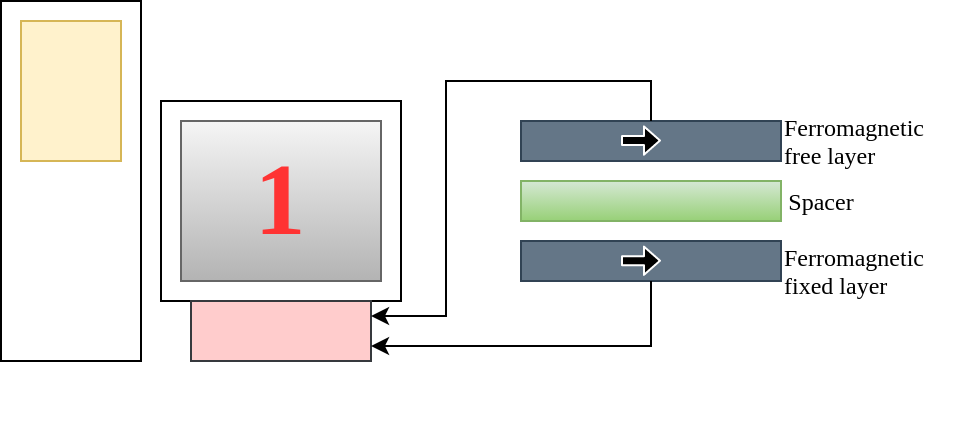What calls for an advanced technology based on electron spin?
Electronics use the property of electrons called charge to encode information. One way computers store information is by using RAM. RAM is comprised of billions of capacitors and to store information computer sends a large number of electrons which are absorbed by the capacitor plate of RAM. When the number of electrons absorbed by the capacitor plate reaches the threshold, its value gets read as 1 and otherwise zero. Unique patterns of ones and zeros encode information in terms of letters, numbers, and images.
But in this kind of information, the challenge is charge leakage. Information will be lost when electrons fall below the threshold due to charge leakage. To overcome this situation computer has to recharge their capacitors in RAM frequently which requires a large amount of power. This calls for advanced technology, spintronics to serve the purpose.
How does it work?
Spintronics uses another property of electrons called spin for data encoding. Data is stored based on the spin states (spin up or spin down). Spintronics can be understood as spin-based transport, in which correlation between electron spin and transport are exploited for information transport in devices. For instance, encoding, transportation, and storage of information can be achieved by making use of electron charge as well as spin. Making use of the property of spin such as spin alignment with respect to the external magnetic field, Magnetoresistive RAM is designed.
In Magnetoresistive RAM, capacitors are replaced by Tunneling magnetoresistive (TMR) structures based on spintronics. TMR structures are comprised of an insulating material sandwiched between two ferromagnetic materials. The high resistivity of the insulator prevents any movement of an electron across it. The spin of lower ferromagnetic material is aligned along a particular direction by making use of a strong electromagnet and so this layer is termed as a fixed layer. The upper layer which is also called the free layer is free to change its spin in response to an applied magnetic field. When the spins of the upper and lower layer are parallel, it is represented by a ‘1’, and the antiparallel alignment represents ‘0’.

If the top and the bottom layer have parallel spins, the electrons can tunnel through the insulator and if they align antiparallel, apparently no electrons tunnel through. To read the state ‘0’ or ‘1’, the computer sends a tiny current to the TMR structure. By monitoring how much current reaches the other side, a computer can read whether the information holds a ‘1’ or ‘0’. Sending an electron from the bottom layer to the top layer switches the value from 0 to 1, because of spin-transfer torque which forces the free layer spin to flip and align according to the fixed layer spin.
In addition to TMR, there is another magnetoresistance phenomenon called Giant magnetoresistance (GMR) by varying the spacer layer configuration of trilayer structure discussed so far. The spacer layer we choose is metallic for GMR instead of the insulator spacer used for TMR structures. GMR also relies on the measurement configuration. TMR and GMR structures have numerous applications beyond the domain of computer technology. For instance, suppose there is an infection in your body, there can be a deviation in the tiny magnetic field associated with neurons that transmit information to the brain and it can be detected by a spintronics-based chip. It is worth pointing out here, transport of information using this spin-based electronics is possible only if we make devices at the nanoscale (Want to know what happens when materials are grown at the nanoscale?) .
